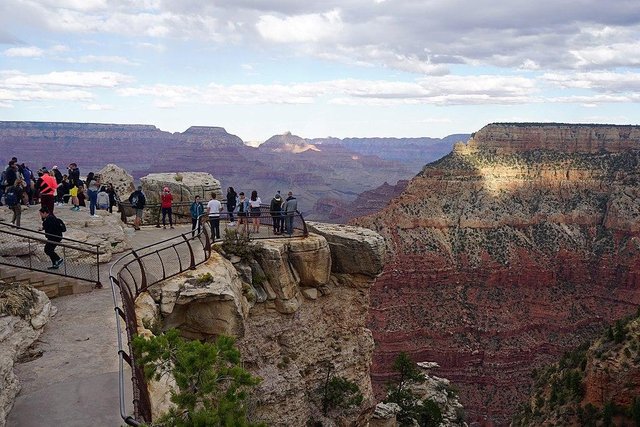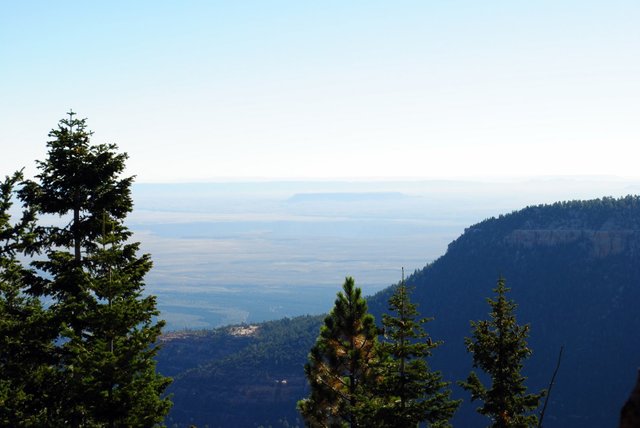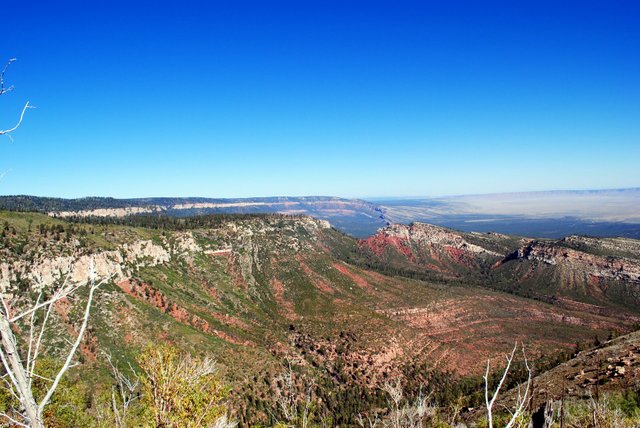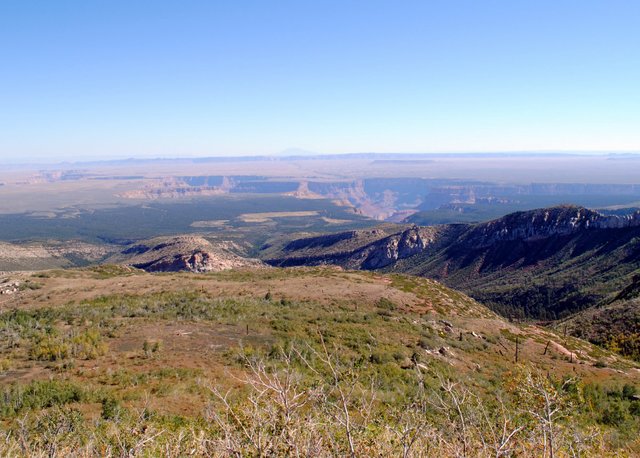Environmental Issues Grand Canyon #3
We LOVE Our Park
There is no doubt that we the people love Grand Canyon National Park. The beauty and spectacle is unmatched anywhere on earth. Nearly 7 million people will visit the park this year from all over the world.
Are we loving the park to death?
I get it, I really do. I go to the Grand Canyon at least annually just to recharge my batteries. That makes me one of over 6 million people that visit each year.
The immediate problem being that there are very much limited places for those 6 million to take a look at the marvel that is the Canyon. South Rim Village is far and away the most visited spot in all of the Park. Thousands of people on most days.
Who generate thousands of pounds of trash each day. Trash is a problem in the Grand Canyon. One solution that has been implemented and reversed is the banning of single use plastic bottles, which cut the overall trash load significantly. But the ban was reversed with the change of administrations in the US.
It’s not just as simple as ‘the right way’. Coca-Cola is a huge sponsor of the Grand Canyon, and business wise, it is much in their best interest to sell single bottles in the park. The money they donate each year is very much needed, and provides lots of services and infrastructure that is utterly necessary to the place. It’s complicated.
West Rim
Just outside the boundaries of the National Park is the ‘West Rim’. It is a project of the Hualapai Indian tribe on part of their reservation which borders GCNP. The first portion of a large project is the famed ‘Skywalk’, the glass bottom bridge that extends out over a spectacular side canyon of the Grand Canyon.
It is an engineering marvel, that bridge to nowhere. Just an incredible structure to see and experience. Many thousands of people visit the place every year, most coming in busses from Las Vegas as a day trip.
I went to the site during the late phase of the Skywalk Construction. While the engineer in me was dumbfounded by the monumental task that was accomplished, the Canyon lover in me saw a blight on the landscape. The next time I visited, the bridge and gift center were open. What seemed like hundreds of busses churned in an out of the place on a gravel road (since paved). There was a crush of people in a really small area. It made me sad, and I did not purchase a ticket to go onto the bridge.
For one thing, cameras and cell phones are not allowed. If you wish to have pictures of your skywalk you have to hire a tribe sponsored photographer. It accomplishes two things for the tribe. It generates jobs and income, and it keeps the people moving on the bridge. You don’t need to stop and take photographs.
The Bridge is just a part of a multi stage development. 9000 acres that will eventually open up another 100 miles of the South Rim of the Grand Canyon. It will include luxury hotels and more pedestrian motels and many restaurants prominently located at prime viewpoints.
It is a huge economic boon for the Hualapai people, who have not been treated particularly well in the past 150 years. Theirs is a hard place in the world, there is not much economy to be had. It is a stunningly beautiful place, but is so incredibly remote.
There is no question that the development is an obtrusion in a very unique natural area. Is it worth it in the overall picture? That depends who you talk to. Some people in and out of the tribe oppose it on spiritual grounds. Some support it for the possibilities it offers the tribe. Most see it as a ‘limited’ option where the tourists are all contained in a smallish area and the impact is not widespread.
The East Rim
In the greater picture, the Grand Canyon is cut into the Kaibab Plateau. On the very eastern edge of the National Park is the area called the East Rim. It actually begins where the Little Colorado River flows into the Colorado. The Little Colorado has it’s own pretty spectacular canyon cut into the Kaibab Plateau.
Confluence Area photo courtesy of the author
It’s here, just east of the National Park on Navajo Reservation land that a huge development has been planned. In 2009 developers convinced the Navajo Tribal Council to support the development of a tramway from the rim of the Little Colorado River to the confluence with the Colorado. The developers got greedy and it wasn’t long before there were calls to review the project.
As planned, it would have taken 420 acres of Rim and cost the tribe 65 million for road and infrastructure construction. It was planned to transport 10,000 people per day to the bottom of the canyon. Sounds like a great idea, right?
East Rim photo courtesy of the author
It is really in the middle of a genuine wilderness area. The construction and roads and access would have opened up miles of Rim to very casual visitation. As it is right now it is really hard to access. A buddy and I have carefully tested several unmarked roads (fire trails) and used Google World until we are convinced that we know the way in. We’ve never gone, mostly because we really don’t have any business there.
The confluence is a sacred spot to at least 6 tribes. At least 4 of them include the place in their creation story. That designation as a sacred place is what is saving the area from development. I’m certain the developers will try again, possibly in another place. In their opinion there is a pile of money to be made. Exploitation of wilderness does not enter into their calculations.
Confluence: Little Colorado Canyon is left center photo courtesy of the author
It would be possible for us to love this park to death. The very idea of being able to buy a ticket and take a tram to the confluence of the two rivers is incredibly attractive. It would be a minimum of a two day pack (one in, one out) to get there as it stands now. The very thing that makes it attractive is the remoteness of it. Take that away and it becomes just another place to see.
The debate over “The Greater Good” for Grand Canyon rages on. It is such a special place that we need, we ALL need, to proceed with great caution. For our children and grandchildren's sake if not for our own.
I’m not done in the Grand Canyon. There is more to discuss including a look at some of the success there. There is some good news.
So the river in the Grand Canyon is threatened. It’s a very real set of threats, and there is no real certainty as to whether or not the river will win out in the end. But the river isn’t the only part of the park that is threatened. We will dig into more environmental issues in the Grand Canyon in the next post. Thank you for following along. If you are appalled by what you’ve read and need to do something you can support the Grand Canyon Trust and tell your congressman to support the Grand Canyon Centennial Protection Act.
All words in this post are mine. The photographs are either sourced properly or taken by me and used courtesy of the author.
You want some really cool stuff? Check these authors, they will not disappoint.
@broncofan99 Sports Teaching Fishing BBQ. Not necessarily in that order.
@morkrock Music Games Stinging Politics. Don't go here with thin skin.
@princessmewmew Food Antiques Food Life Food Cats. Anything of beauty could show up here.
@soyrosa Great Photographs and Insights for us All
@enchantedspirit Astrology and much more. Detailed analysis and more with grace and humor..
.









I've heard from several places (including you I think) that the North Rim is where it is at. That one guy in the picture of the skybridge looks like he is fixing to become the next statistic. Standing out on the rock like that. If I can't take my own pictures I would probably skip that part of the trip.
The South Rim is spectacular, and it's where everybody first sees the canyon. There are lots of remote places on the South Rim.
That said, I just love the North Rim. To my way of thinking it's even more visually spectacular than the south and it is not very heavily visited.
I've not gone on the Skywalk. Like I said, I was really excited until I saw it the first time. It's an incredible feat of engineering and very much gives a view that just can't be found otherwise, but.....
I knew it was you that was singing the praises of the North rim!
Posted using Partiko Android
The place is just incredible. Can you imagine having been able to see it before all the "civilization" arrived?
Because my vote value is so negligible, and even that is committed elsewhere, I've left a dime under your pillow. (Check your wallet!) That serves my purpose nicely, and you get to keep it all! Thank you for your exceptional post. Have a great day!
Thank you!
I do imagine places before 'civilization'. I used to sit in the canyons of my youth and see a time when water was running there. That was in the days when they said it was formed over millions of years. Now they say it was three explosive events that occurred over a very few years at the end of the last ice age. So my imagination was almost entirely wrong.
I have visited there twice and the scenery is spectacular, I had not seen the Skywalkkor heard of it, but not being able to take photos from on it myself,I would probably just take photos of it and not go out on it,I know my wife would not step foot on it with her fear of heights LOL
I think s you have shown in this post we are loving it to death and I personally hate the idea of the tramway and enabling visitors to view ore of it and sadly also to destroy it which I why I hate the idea
I love the canyon. There is a voice there that calls to me, and it is just a stunning place. I'd love to be able to have an easy way to the river but it would change the place completely. I'm really glad the tramway is put on long term hold.
Access to natural beauty isn't always the answer. In fact, it isn't often the answer.
I to felt something when I was there both viewing it and from the helicopter flight, the power of nature there is awe-inspiring and a bit overwhelming if that makes sense
I do agree easy access to natural areas is often far from the right answer
To listen to the audio version of this article click on the play image.

Brought to you by @tts. If you find it useful please consider upvoting this reply.
Congratulations! Your post has been selected as a daily Steemit truffle! It is listed on rank 6 of all contributions awarded today. You can find the TOP DAILY TRUFFLE PICKS HERE.
I upvoted your contribution because to my mind your post is at least 6 SBD worth and should receive 251 votes. It's now up to the lovely Steemit community to make this come true.
I am
TrufflePig, an Artificial Intelligence Bot that helps minnows and content curators using Machine Learning. If you are curious how I select content, you can find an explanation here!Have a nice day and sincerely yours,

TrufflePig@bigtom13 You have received a 100% upvote from @botreporter because this post did not use any bidbots and you have not used bidbots in the last 30 days!
Upvoting this comment will help keep this service running.
My jaw is dropping as I read this. The photos you've included are jaw-dropping - it looks like an incredible place. And sadly, what's happening to this area is jaw-dropping too.
You've presented the issues so clearly - it's clearly a complex case. It's an economic boon for the Hualapai people - but economics isn't everything, and it could be something they'll come to regret.
In the UK, we've had suggestions that the likes of Coca-Cola and Disney could take sponsorships of our National Parks. Frankly I don't see why these areas "need" their investment. I'm not an expert, but I used to volunteer as a Park Ranger, and I'm going to be doing more voluntary work soon. Most people visit these wild areas because they're wild, not because they're micro-managed. I don't see anything wrong with a few sensitively-handled schemes to help people with disabilities access some of the remoter areas, but once these areas are subject to profit-making, things tend to deteriorate.
The beautiful area of Glencoe in Scotland was purchased by the National Trust in the 1930s, partly financed by significant donations from the Scottish Mountaineering Club. They stipulated that the visitor centre was to be in the village, at the northern end of the glen, so that the glen itself would remain wild. And that's the way it's been for almost 100 years - yet thousands of tourists come to enjoy it. It's a much smaller area than Grand Canyon, but as a principle, profits and wild areas usually cancel each other out before long.